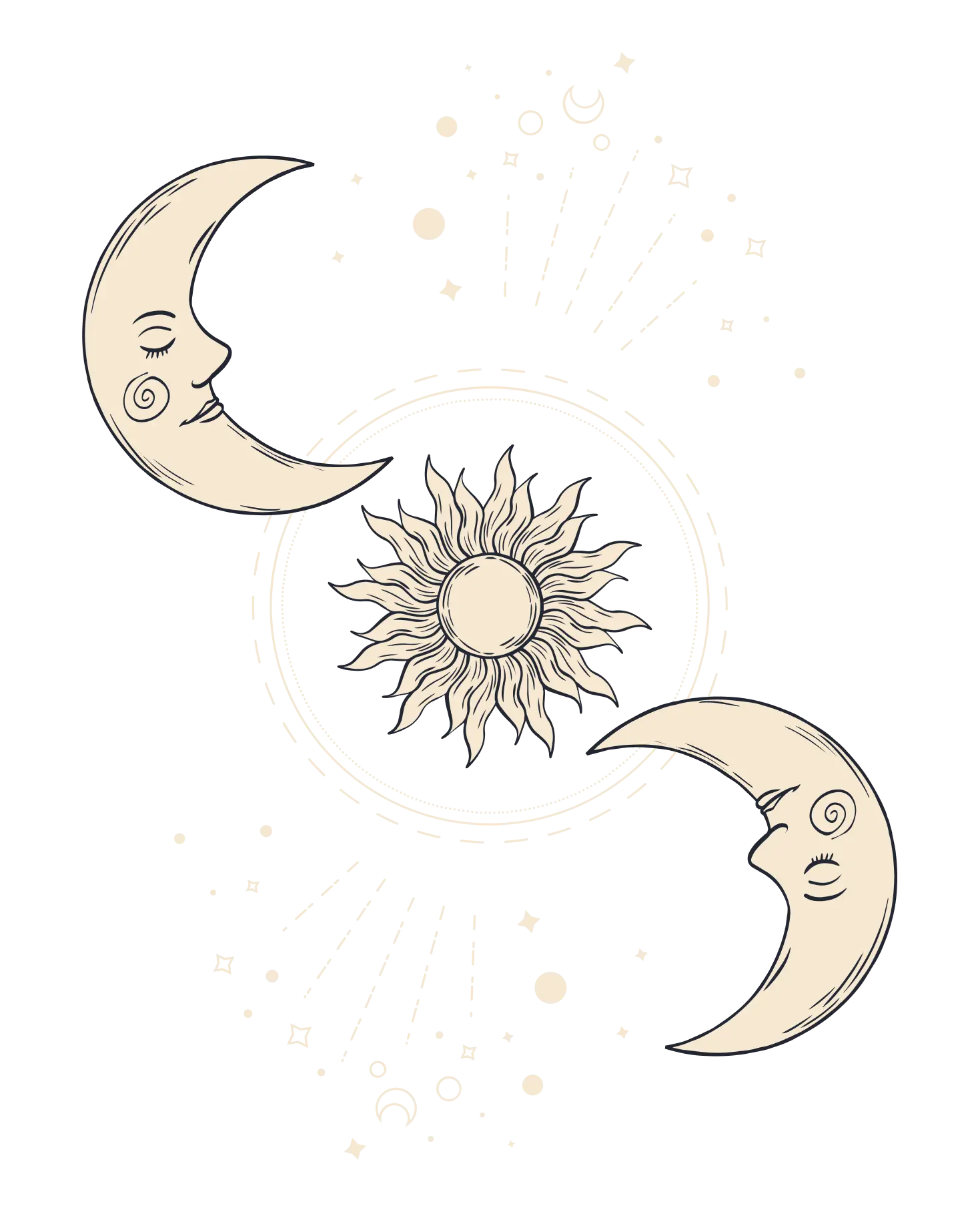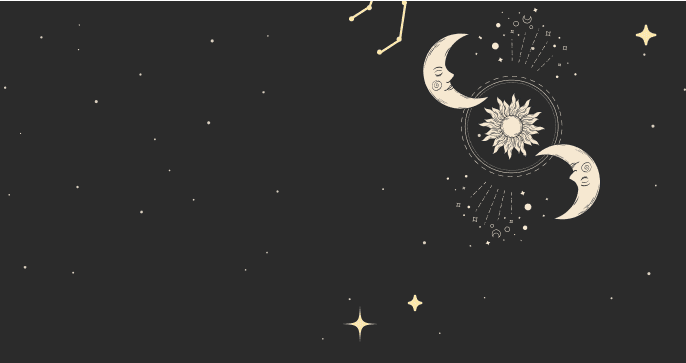The Beehive Cluster
The Beehive Cluster, or Messier 44, is the brightest deep-sky object in the Cancer constellation.
It contains over 1,000 stars and ranks third in brightness after the Pleiades and Andromeda Galaxy.
The Beehive Cluster is located in the “heart” of the Cancer constellation, situated between the bright zodiac constellations Leo to the east and Gemini to the west.
It consists of bright stars in its core and dimmer stars forming its outer regions. Most of its stars are red dwarfs (class M), with its brightest star being Epsilon Cancri.
Due to its proximity to the ecliptic, the Beehive Cluster often appears close to the Moon and planets, making it an excellent target for both professional and amateur stargazers.
• October 24, 2024: The Moon will be 3°18' away from the Beehive Cluster. The closest point is at 17:35 GMT. This pair should be easily visible without any equipment, especially in darker areas.
• November 21, 2024: At 01:48 GMT, the Moon will pass 3°06' away from the cluster. With 71% illumination, both objects are visible to the naked eye, but binoculars will give a clearer view.
• December 3, 2024: Mars will be 1°36' from the Beehive Cluster at 12:08 GMT. Mars will be bright, making this event easy to spot. It will be a month away from its opposition, so it will already be shining high in the sky. Use a telescope or binoculars for a clearer view.
• December 18, 2024: The Moon will come within 2°48' of the cluster at 11:28 GMT. At 92% illumination, this will be their closest approach of the year. Binoculars will enhance the experience.
• Exoplanets in the Beehive Cluster: In 2012, astronomers discovered two rare exoplanets within the Beehive Cluster, named Pr0201b and Pr0211b. These are classified as “hot Jupiters,” gas giants that orbit close to their stars.
• Historical Names: The cluster was known as “Praesepe” (meaning “manger” in Latin) in ancient times. Greeks and Romans saw it as a feeding trough for two donkeys, represented by the stars Gamma Cancri and Delta Cancri. Its misty look also led to the nickname “Beehive,” likened to a swarm of bees.
• Official Symbol of Utah: The Beehive Cluster became the official astronomical symbol of Utah in 1996 due to its resemblance to a beehive, which is also the state’s emblem symbolizing hard work.
• Weather Predictions: In ancient times, the Beehive Cluster was believed to predict the weather. Roman writer Pliny the Elder noted that if the cluster wasn’t visible on a clear night, it signaled an approaching storm. Today, this cluster is harder to see due to light pollution.
Explore the wonders of the Beehive Cluster and let its beauty inspire your dreams! 💫
Comments


Discover more fascinating insights and stay updated on all lunar events in the MoonX app.
Popular questions
EVERYDAY WELLBEING
Start Your Guided Cosmic
Journey with MoonX
Build out your own personalized spiritual practices with MoonX today
compatibilityhoroscopebirth chartmediate sleephealing soundjournaltarotgratitudereduce stress